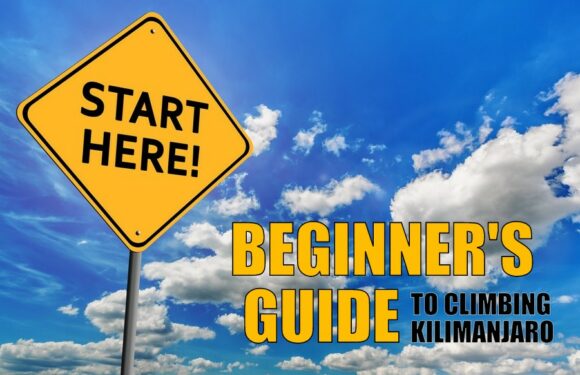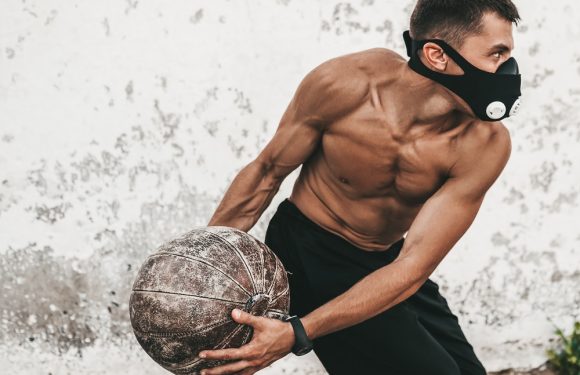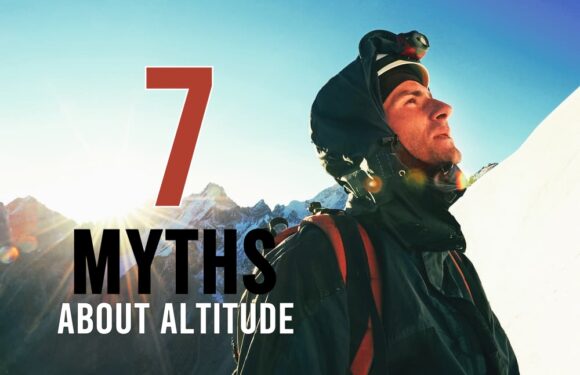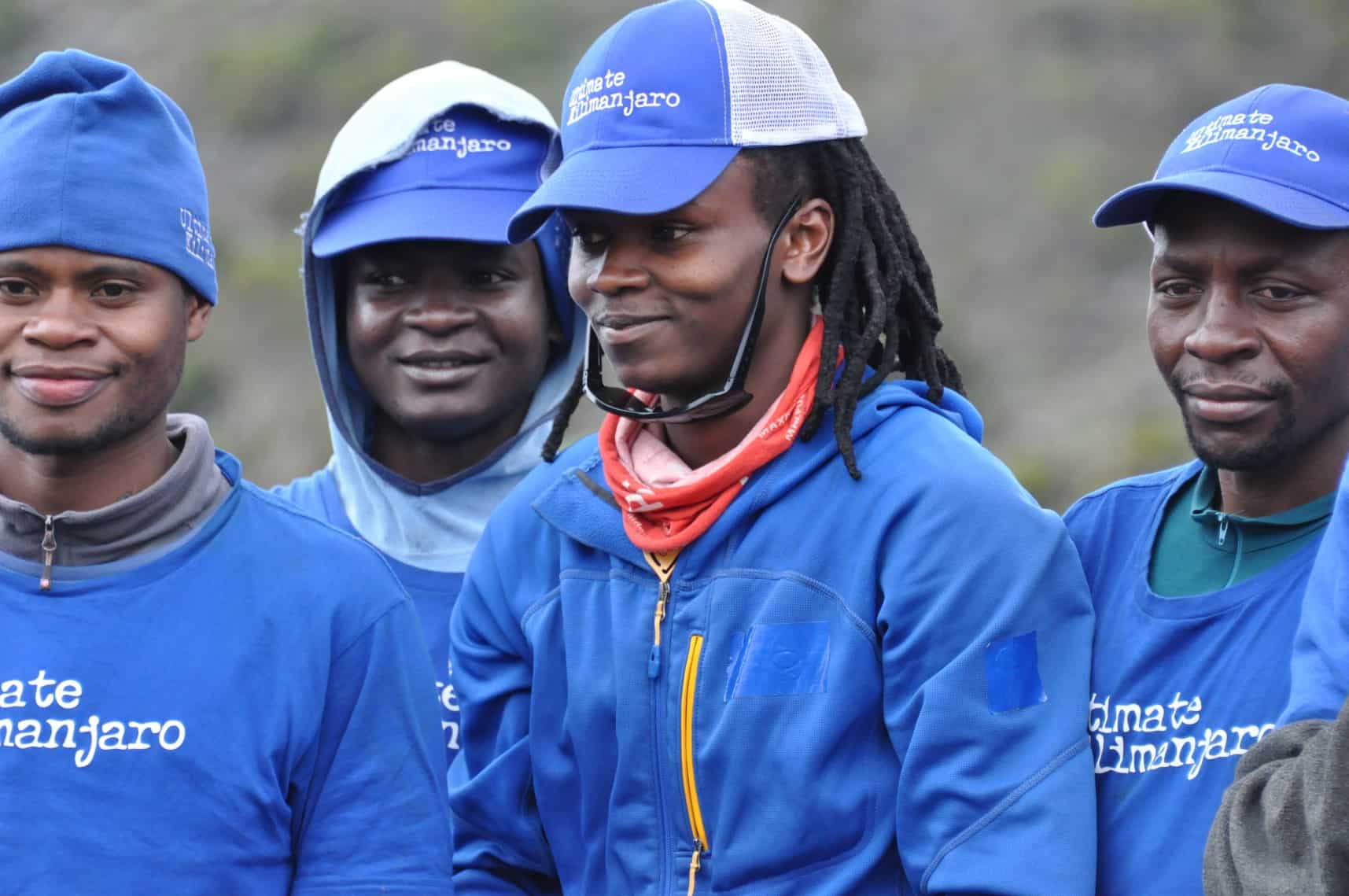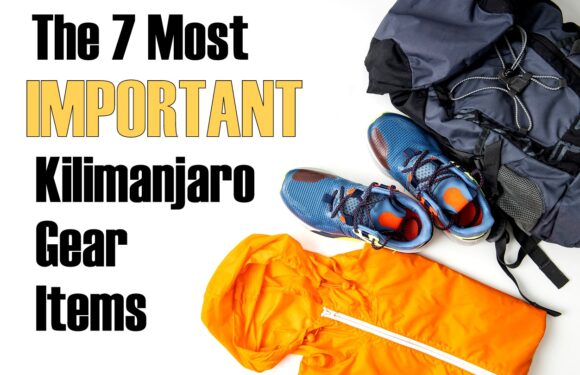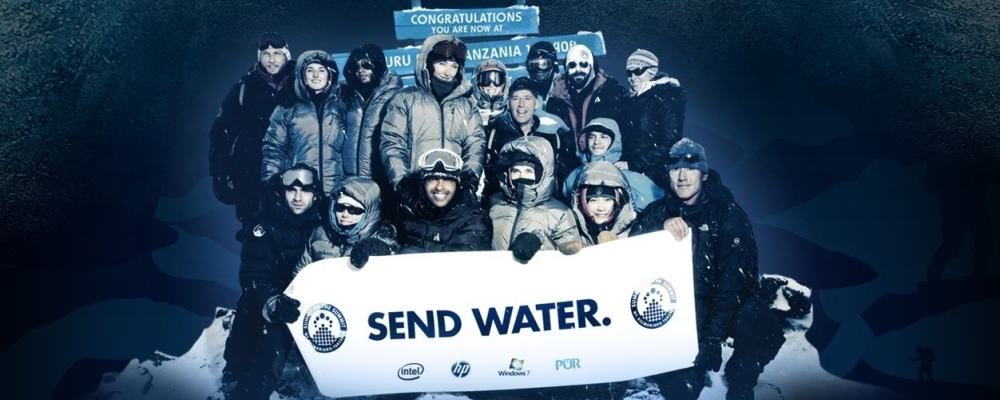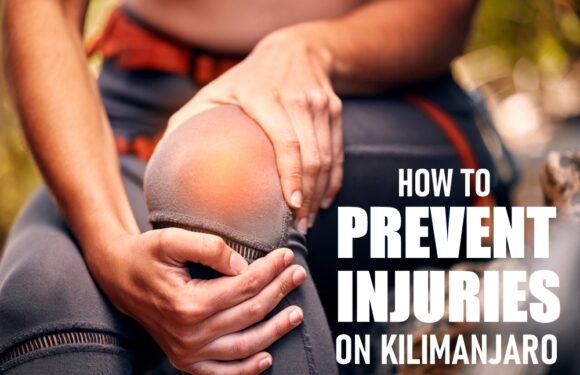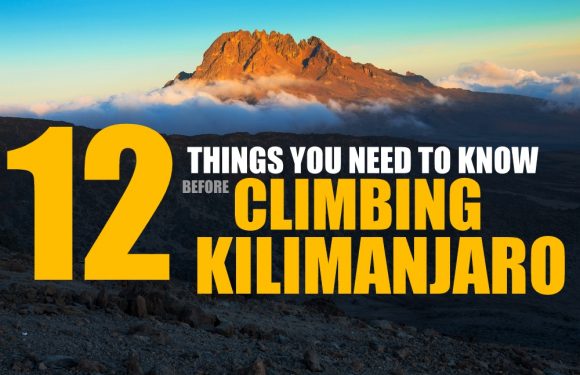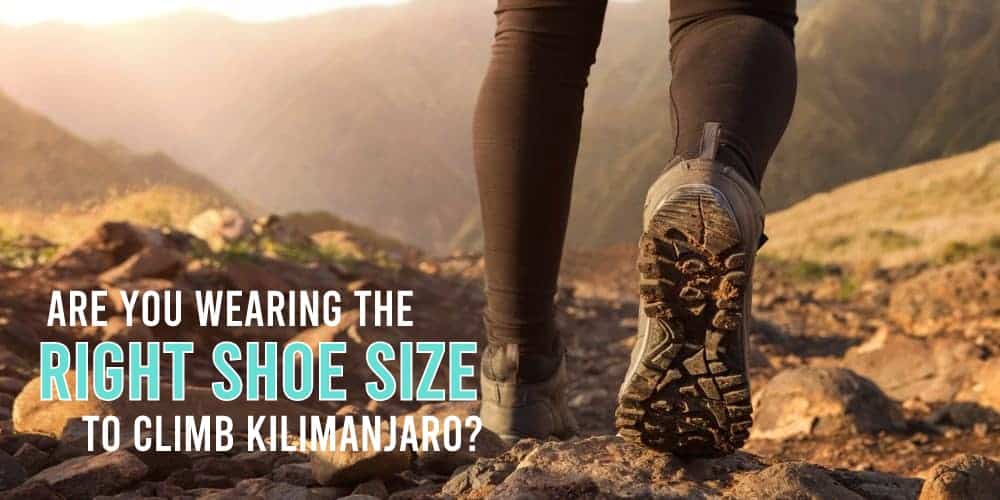
You probably think you are wearing the correct size shoes for your feet. But statistics say you’re probably wrong.
A study of more than 2,000 adults showed that one third of men are wearing shoes that do not properly fit them. The same study reported that half of women are wearing shoes that do not fit. While you may get away with discomfort on day to day casual jaunts, making the same mistake on the mountain can effectively end your trip.
Wearing ill fitting shoes or boots can result in issues while climbing Kilimanjaro. Blisters are a common problem, caused by constant rubbing of the shoe against the skin. Blisters first develop as “hot spots” before bubbling up as fluid collects between the epidermis and the layers below. “Toe bang” is the name given to the act of the toes hitting the front of the toe box, typically experienced when hiking downhill. The repeated contact can cause irritation, inflammation and bruising. Black toenails are a sure sign of toe bang.
Sizing Casual Shoes
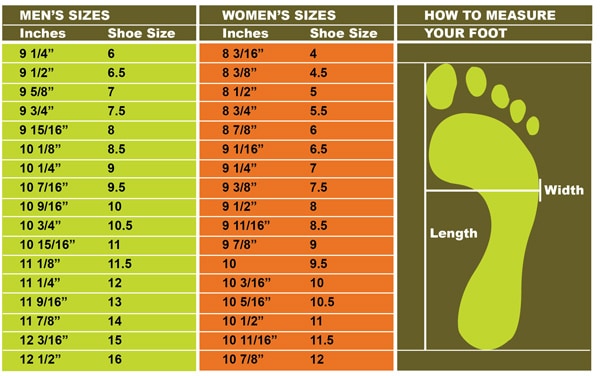
Here is a sizing table for casual shoes.
Note that this is a starting point. You will likely need a larger size than is indicated in the table for hiking boots and trail shoes.
Contrary to popular belief, your toes should not be touching the end of your shoes. The rule of thumb is that there should be a half-inch of space between your longest toe and the interior front of the shoe.
Some suggest buying shoes a half size longer than your measurement to accomplish this. For a quick test, use your thumb to check the spacing on the toes. Similarly, there should also be some space on the sides of the shoe.
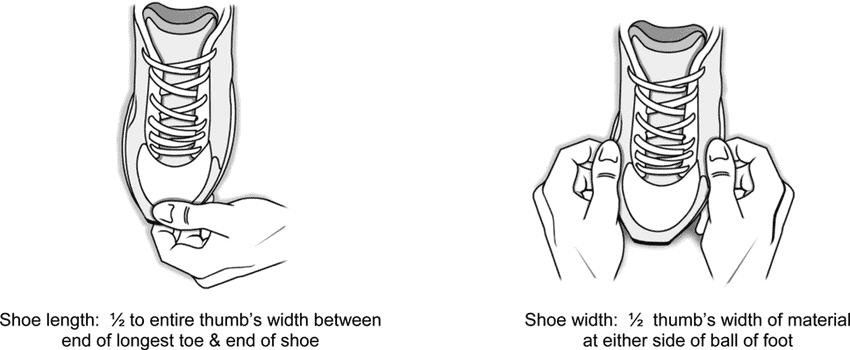
Sizing Hiking Shoes
The half-inch of space may be enough for your everyday walking shoes. But for hiking, you can increase this up to a full inch of space as your feet will swell more over the course of a strenuous, multi-day hike more than a day at the office. In addition, you have to account for thicker socks or double pairs of socks. Your toe tips and the inside of your shoe or boot should not be touching – ever.
Here are some things to consider when sizing hiking footwear:
Foot Swell: As mentioned above, make sure to factor in potential foot swelling. When you hike long distances, the repetitive pressure from the ground and the added flow of blood and other fluids can cause the feet to swell during activity. This swell generally varies between one half and one full size difference. So try on your shoes towards the end of the day, after your feet have already swollen from the day, and to err on the larger size when trying to make a decision. While it is possible to be too big, it is much more detrimental to buy a pair of shoes that are too small.
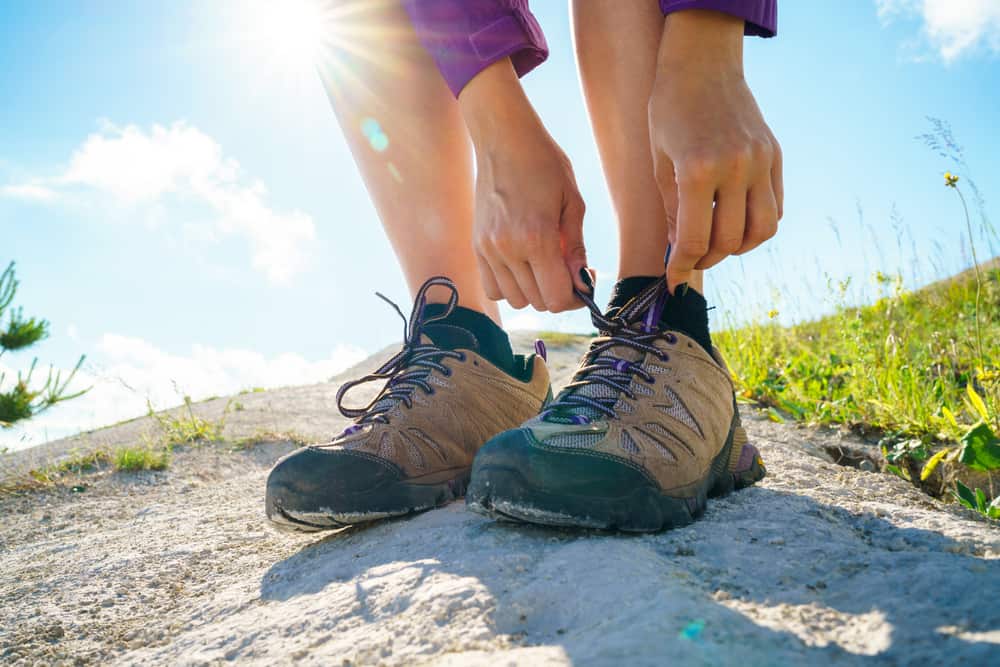
Toe Box: The toe box is the area of the shoe around the front of your foot. It should be spacious and comfortable. You want to be able to wiggle your toes inside the toe box. Your toes will swell proportionately to how much your foot swells, so, be sure that your toes aren’t feeling squished inside your shoes at home.
Your toes should be able to stretch freely within your footwear, but not necessarily enough room to where your entire foot is shifting.
Heel Cup: The heel cup is the portion of the boot that contains and pads the bottom of your heel. This bone is just as important to movement as your toes are to balance. The heel should sit naturally with no unevenness or off balance.
Ultimate Kilimanjaro® recommends getting sized for your hiking boots or shoes from a professional at outdoor specialty stores like REI. It also helps to try different lacing techniques during your training hikes to find a method that works for you. Lacing your boots in a different manner can make your shoes more comfortable and better fitting overall.
__________

See What are the Best Socks for Climbing Kilimanjaro?
See Can You Recommend Shoes for Climbing Kilimanjaro?
See Can You Recommend Boots for Climbing Kilimanjaro?
See How Do I Prevent Injuries Climbing Kilimanjaro?
See Trail Shoes vs. Boots on Kilimanjaro – Which are Better?



















































